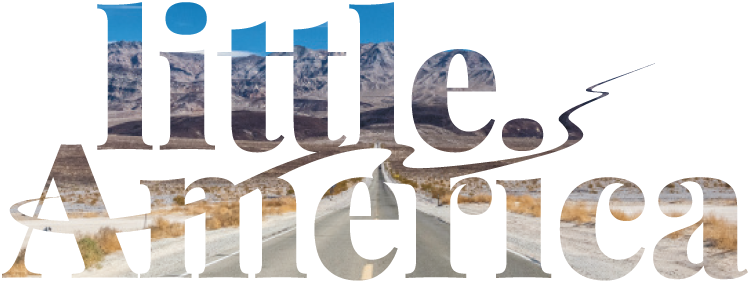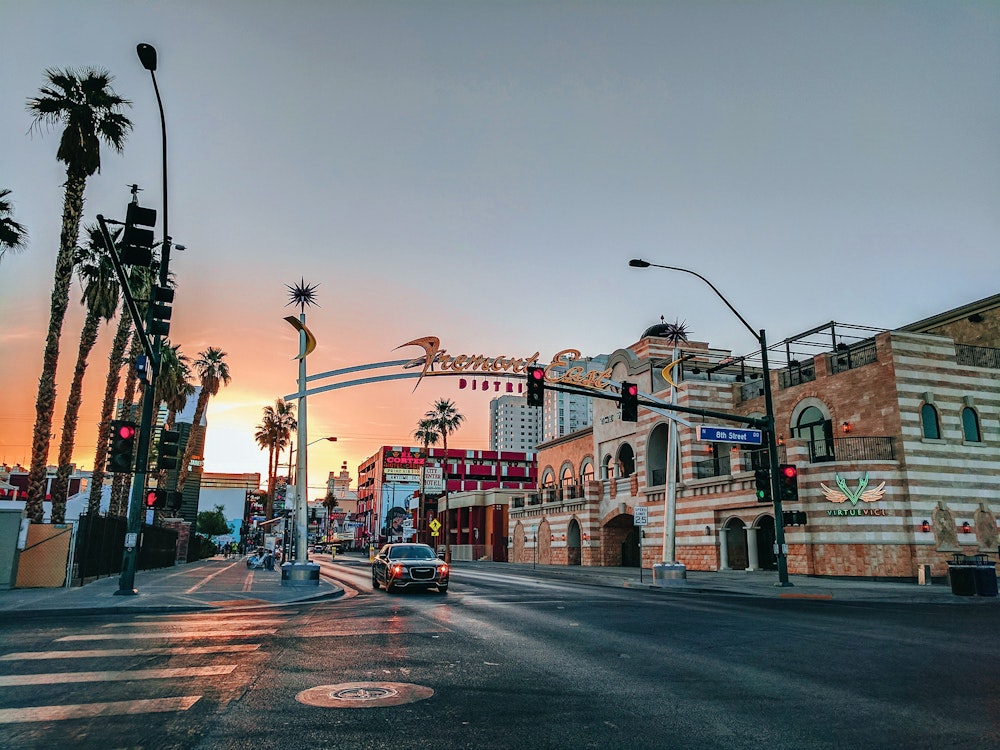Climate: the best time to visit
Nevada experiences a mix of desert, semiarid, and alpine climates, creating a range of temperature extremes and weather conditions. The state is known for its arid conditions, with the southern regions, including Las Vegas and Death Valley, being some of the driest places in North America. The best time to visit Nevada largely depends on the region and activities you plan to pursue.
Spring and autumn
For those interested in exploring the southern part of the state, including Las Vegas and Death Valley, spring (March to May) and autumn (September to November) are ideal. During these seasons, temperatures are more moderate, ranging from 21° to 32° Celsius, allowing for comfortable outdoor exploration.
Summer
Summers are characterized by intense heat, with temperatures often soaring above 38 °C in the lower elevations. If you're planning to visit the higher elevations and mountainous areas, such as the Sierra Nevada or Great Basin National Park, summer (June to August) offers pleasant weather, with temperatures averaging in the 20s °C. This is a great time for hiking and enjoying the stunning alpine scenery.
Winter
Winter is the best time for winter sports enthusiasts, as Nevada's mountain ranges receive ample snowfall. The months of December to February offer opportunities for skiing, snowboarding, and snowshoeing in popular destinations like Lake Tahoe and the Ruby Mountains.
Whether you're exploring the awe-inspiring Grand Canyon, experiencing the heat of Death Valley, or revelling in the glamour of Las Vegas, Nevada promises an unforgettable journey. From outdoor enthusiasts to thrill-seekers and culture aficionados, this diverse state has something to offer everyone.
The options are so diverse that it may be difficult to make choices for your trip. We are happy to help you on your way. Contact one of our travel specialists who will put together a unique itinerary that fits your needs exactly, with absolutely no obligation.






















